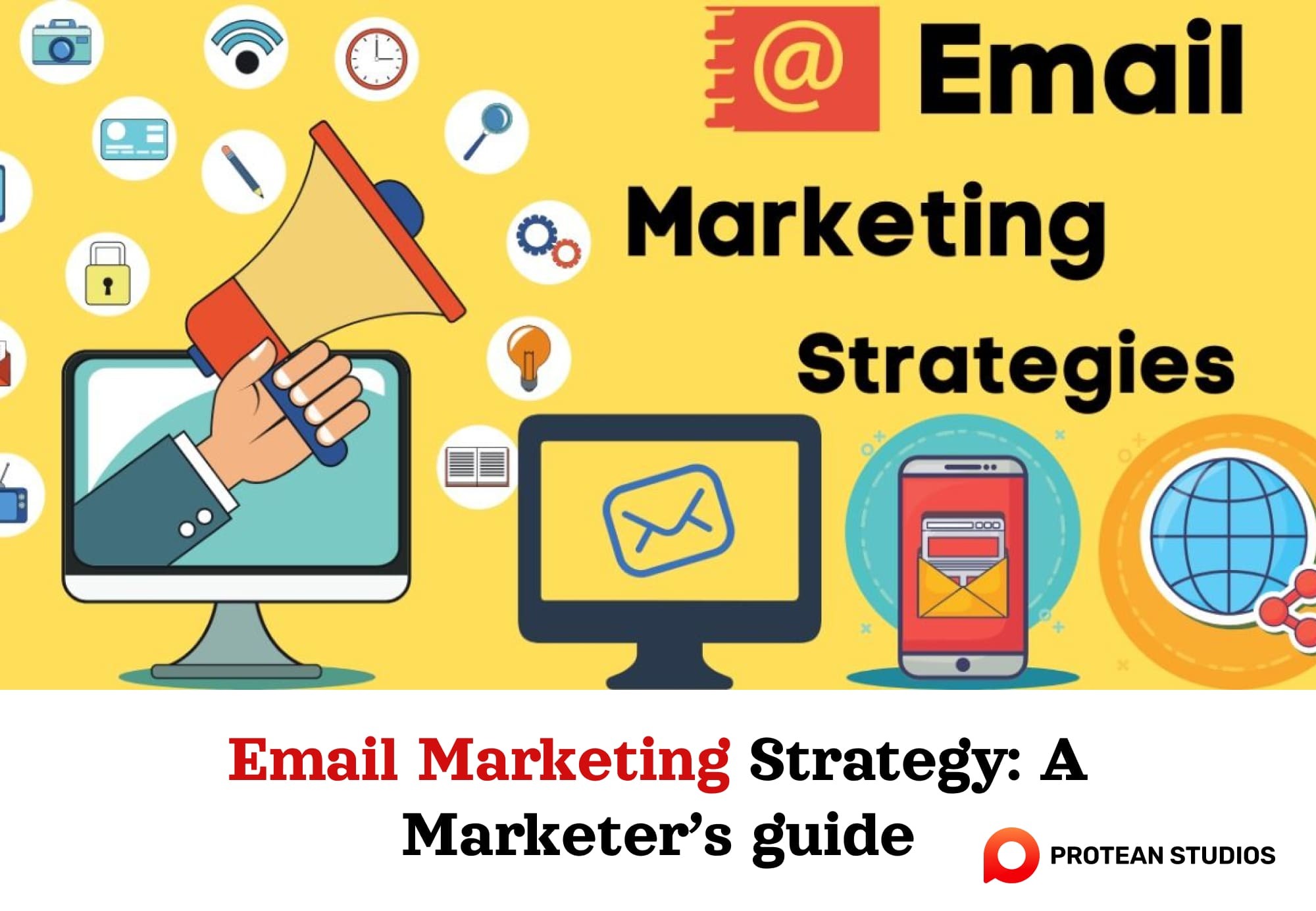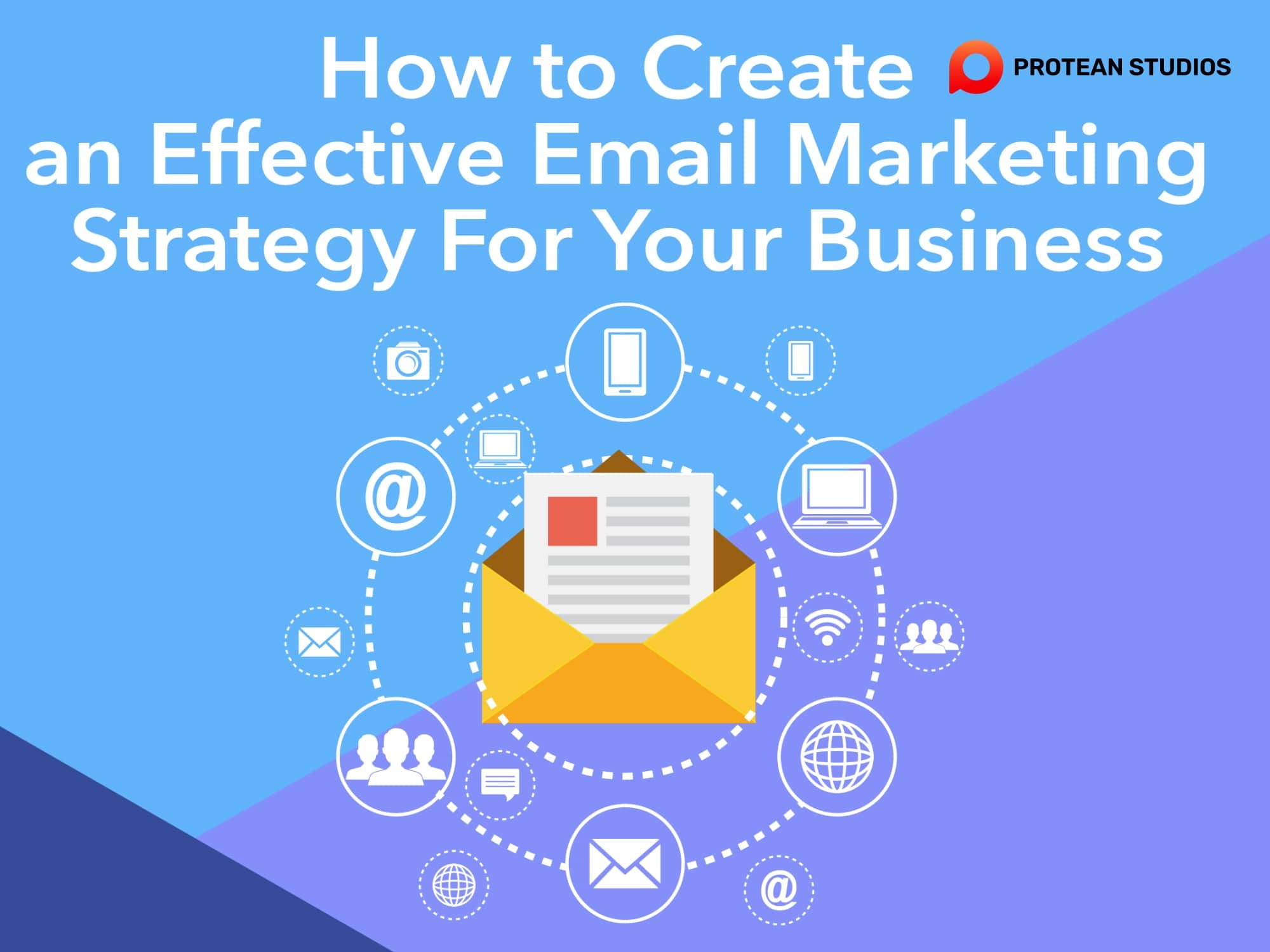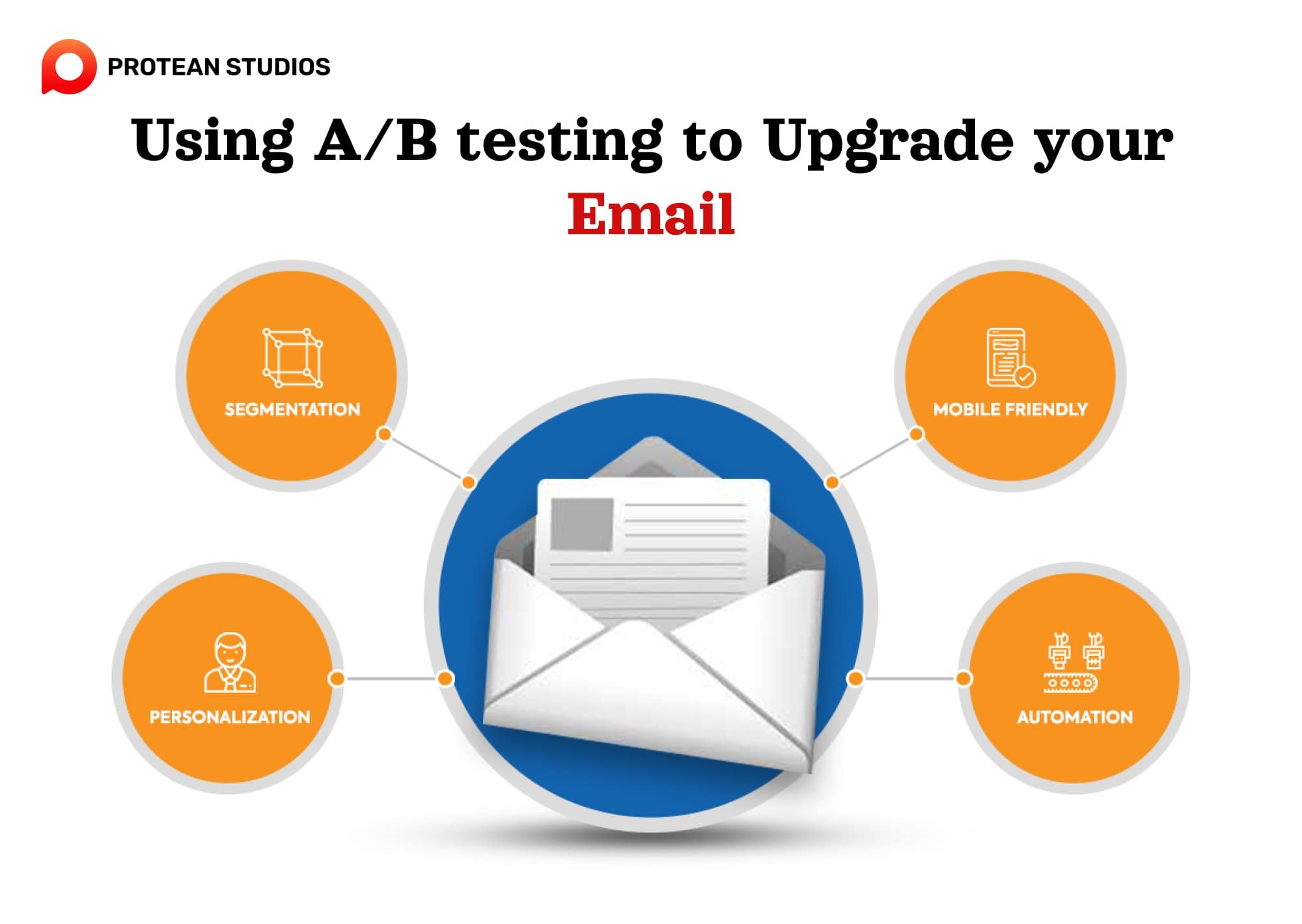In today's digital landscape, email marketing remains a powerful tool for reaching and engaging your target audience. But with inboxes overflowing, crafting emails that resonate and drive action needs strategic planning. Thus, this guide will equip you with the essential knowledge to develop compelling campaigns that build trust, boost engagement, and achieve your marketing goals.
Email marketing strategy: A marketer’s guide
Email marketing remains a critical component of a comprehensive digital marketing strategy. It offers direct access to the inboxes of potential or current customers, making it a powerful tool for communication and engagement. Here's a guide to crafting an effective email marketing strategy that can help marketers achieve their goals:

#1 Compliance
Compliance is the foundation of any email marketing strategy. Marketers must be aware of and adhere to various laws and regulations, such as the CAN-SPAM Act in the United States, which sets the rules for commercial email. These laws need the inclusion of an unsubscribe option, prohibit deceptive subject lines, and mandate that the sender's address is visible. Compliance is crucial not just to avoid legal issues but also to build trust with your audience.
#2 Trust
Building trust with your audience is a key to development. This involves more than avoiding spam practices. It's about establishing a consistent brand voice, delivering on promises, and providing value through your content. Trust is also built through transparency—let your subscribers know what to expect about email frequency and content type, and always respect their privacy and data.

Read more: Email Marketing is Changing: How To Catch Up With It?
# 3: Infrastructure
A robust infrastructure is key to successful email marketing. This includes selecting the right email service provider (ESP) that aligns with your business size and needs. Your ESP should offer deliverability expertise, automation capabilities, and integration options with other marketing tools. Besides, maintaining a clean email list is crucial to ensuring high deliverability rates and engagement.
#4 Audience
Understanding your audience is very important. Segmenting your email list based on demographics, behavior, or sales history allows for more targeted and relevant messaging. Personalization significantly boosts open rates and engagement. Use data analytics to refine your understanding of your audience's preferences and behaviors.
#5 Content
The content of your emails is what drives engagement and conversions. It should be compelling, relevant, and provide value to the reader. Whether it's educational content, product updates, or promotional offers, the content should align with your brand strategy and appeal to the interests of your audience. Testing different types of content and measuring the response can help optimize your email campaigns.
Some hints for marketers to get good email marketing
Here are some hints for marketers to get a good email marketing campaign going:
Personalize your emails
Personalizing your emails is a powerful way to engage your audience. It goes beyond just using someone's first name; it means sending the most relevant content at the right time.
For example, you can set up milestones that trigger specific emails, like birthday greetings or special offers on the anniversary of a customer's first sales. The goal is to send relevant emails. If someone bought a product three days ago, don't send them a promotion for that same product.
Other article: Three Essentials For Email Marketing In 2024
Use segmentation
Segmentation helps ensure you deliver personalized content.
Demographic Segmentation: Based on attributes like age, gender, income, and education.
Needs-Based Segmentation: Based on the specific needs of the customer. You can identify this through surveys or by having customers select their interests when they sign up.
Geographic Segmentation: Based on location, such as city or state.
Behavioral Segmentation: Based on actions like pages visited on your website, content downloaded, or previous sales.
Value-Based Segmentation: Based on customer value to the business (e.g., high value vs. medium or low value).
Use the segmentation methods that make sense for your business and narrow down segments as much as your data and email marketing system allow. This will enable you to craft more targeted and impactful email campaigns.
Use A/B testing
A/B testing is a powerful tool for improving your marketing efforts. It involves running two versions of an element to see which performs better.

One common use is to test two different subject lines for the same email to see which one gets more opens. You can also A/B test various parts of the email content, such as:
Call to Action: Test different wording or placements.
Images: Compare the effectiveness of different visuals.
Format or Layout: Try different designs to see which is more engaging.
Wording: Experiment with different phrases or tones.
For the best results, test one element at a time. Changing too many things at once can make it hard to determine which change had the most impact.
Use email automation
Manual email marketing can be time-consuming and prone to errors. Automation is a best practice that makes your email marketing more efficient and effective.
Automation can handle tasks like sending emails based on customer actions. For example:
Welcome Email Series: Send a series of welcome emails when someone signs up for your list.
Abandoned Cart Emails: Send reminders to customers who added items to their cart but didn't complete the sales.
Automation can also manage other timely or action-based messages, ensuring that your emails are sent at the right time and to the right people without missing any important details.
You can see more: Upgrade Your Feedback Emails: Simple Steps For Better Customer Engagement!
Summarize the email marketing strategy.
By following these tips and focusing on building trust and providing value, you can craft email marketing campaigns that drive engagement and achieve your marketing goals. I hope that our shares can help you build good email strategies.




